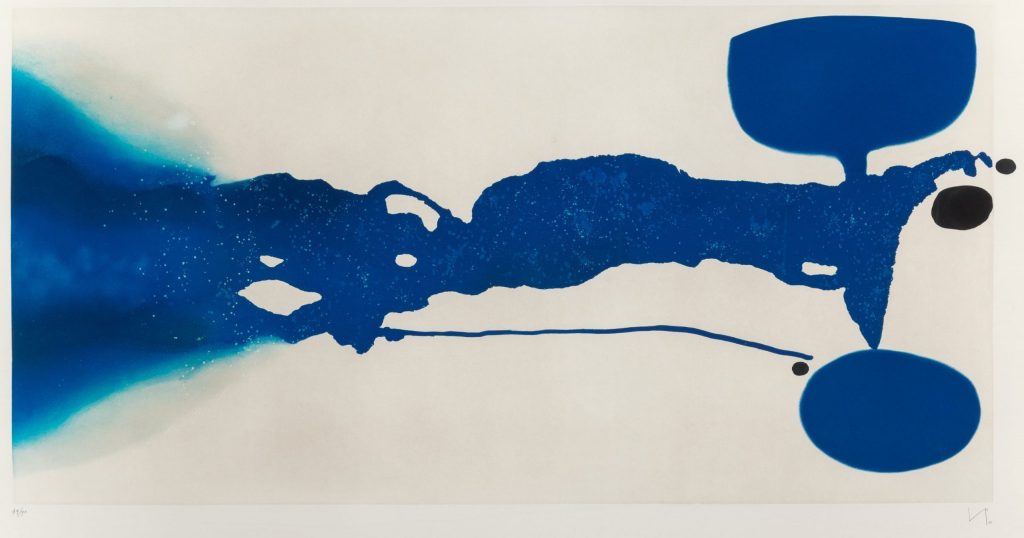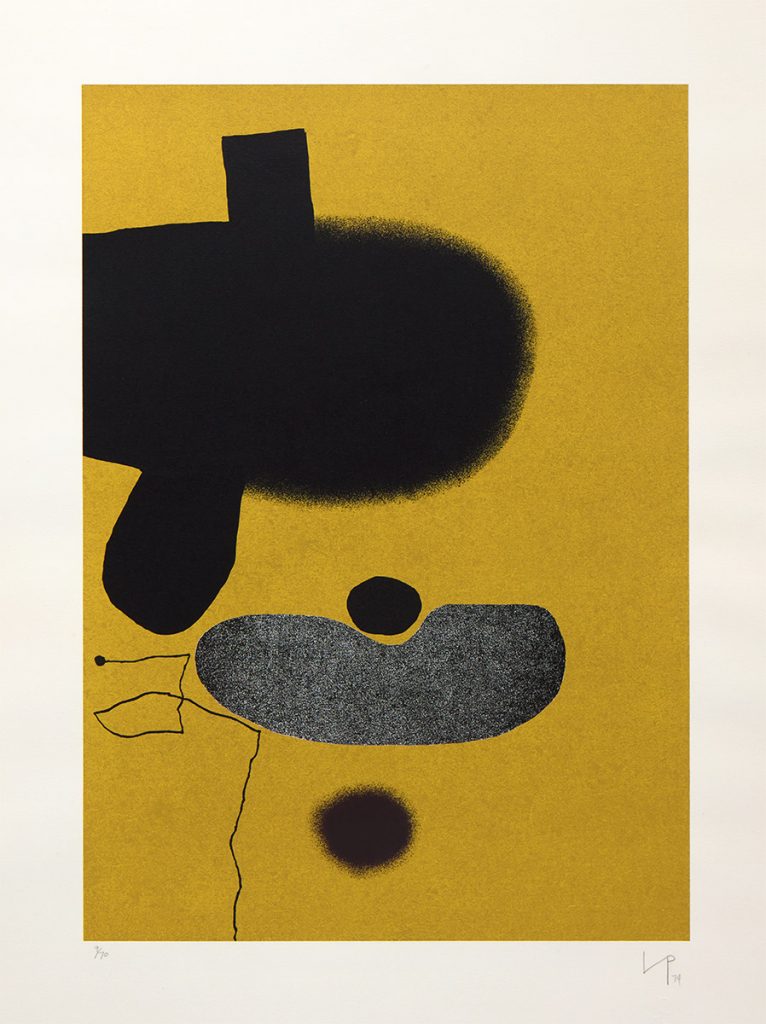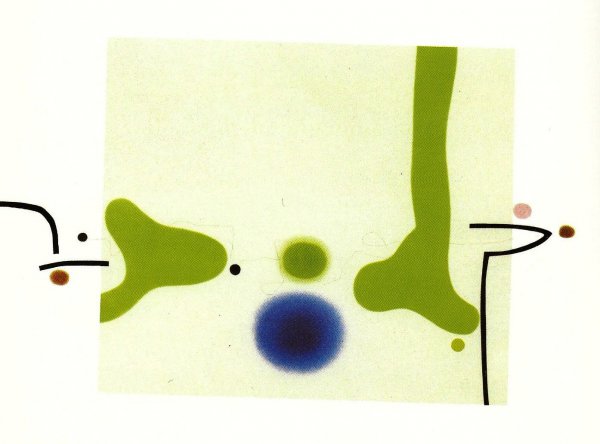Victor Pasmore: Pioneer of British Abstract Art
Victor Pasmore was born in Chelsham, Surrey, on 3 December 1908 and pioneered the development of abstract art in Britain in the 1940s and 1950s.
With the death of his father in 1927 Pasmore was forced to take an administrative job at the London County Council. He studied painting part-time at the Central School of Art and was associated with the formation of the Euston Road School. After experimenting with abstraction, Pasmore worked for a time in a lyrical figurative style, painting views of the River Thames from Hammersmith much in the style of Turner and Whistler.

In the Second World War, Pasmore was a conscientious objector. Having been refused recognition by his Local Tribunal, he was called up for military service in 1942. He refused orders and was court martialled and sentenced to 123 days imprisonment. The sentence qualified him to go to the Appellate Tribunal in Edinburgh, which allowed him unconditional exemption from military service.
One of the first exhibitions in which Pasmore’s works feature was held at the Zwemmer gallery, London 1934. His works were influenced by Monet and Cézanne.
Pasmore’s break into abstract art was inspired by the artists Piet Mondrian and Paul Klee. Beginning in 1947, Pasmore developed a purely abstract style under the influence of Ben Nicholson and other artists associated with Circle: International Survey of Constructivist Art, an 300-page art book published in London, England, in 1937.
Circle was edited by the artists Ben Nicholson and Naum Gabo and the architect Leslie Martin with the layout being designed by Barbara Hepworth. Circle was intended to be a series of publications so is sometimes referred to as a journal or magazine, although only one issue was actually produced. Other featured artists included Le Corbusier, El Lissitzky, Malevich, László Moholy-Nagy and Henry Moore.

Pasmore represented Britain at the 1961 Venice Biennale, was participating artist at the Documenta II 1959 in Kassel and was a trustee of the Tate Gallery.
Pasmore was a leading figure in the promotion of abstract art and reform of the fine art education system. From 1943–1949, he taught at Camberwell School of Art where one of his students was Terry Frost whom he advised not to bother with the School’s formal teaching and to instead study the works in the National Gallery. Between 1950 and 1954 Pasmore taught at the Central School of Art.

From 1954 to 1961 he was Master of Painting in the Fine Art Department Durham University, Kings College Newcastle upon Tyne. There he developed a radical art and design course inspired by the ‘basic course’ of the Bauhaus that became the model for higher arts education across the UK. He was succeeded by Richard Hamilton.
Victor Pasmore died in 1998 in Gudja, Malta. In 2014 The Central Bank of Malta, in collaboration with the Victor Pasmore Foundation, inaugurated the Victor Pasmore Gallery in the Central Bank’s premises at the Polverista Gallery.
Victor Pasmore Prints
Browse available Victor Pasmore prints from leading galleries and art dealers.
